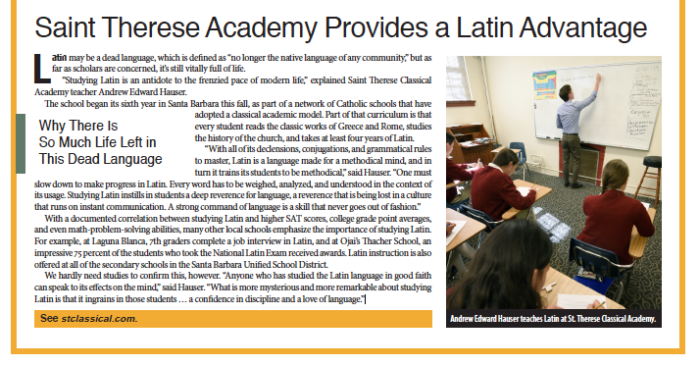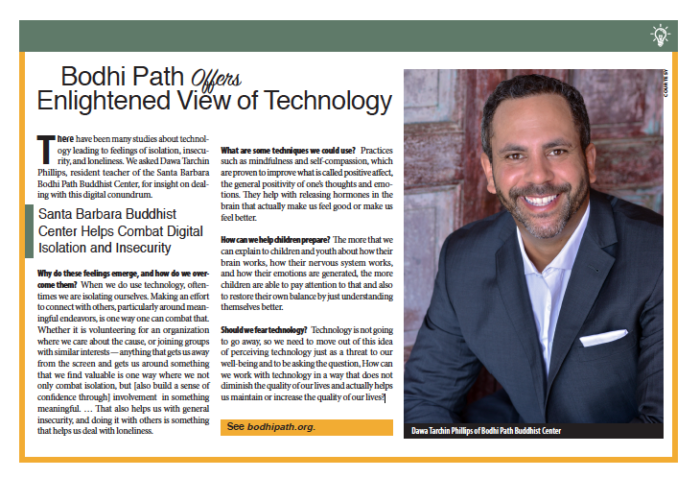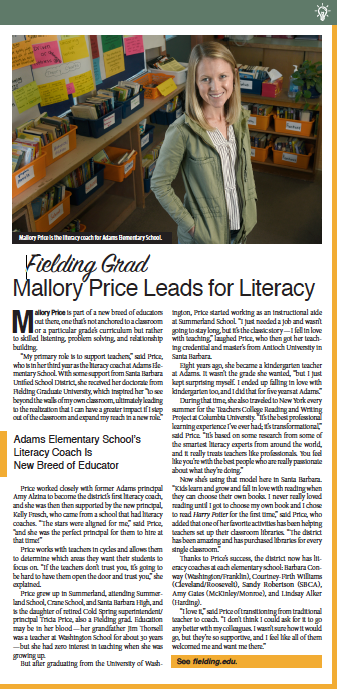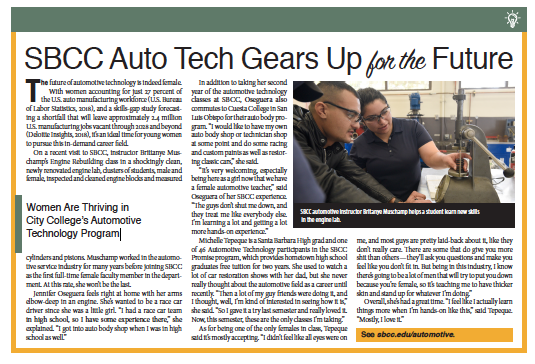Entrepreneurs follow all kinds of inspirational paths. For Anupama Vaid, it was the halls of Santa Barbara’s Peabody Charter School that inspired her to start ParentSquare, a communication platform connecting parents to teachers and school administrators that is now used by 4,500 K-12 schools across the country.
A former computer engineer for Citrix, Vaid came up with the idea in 2011, when she took a sabbatical to be home with her young children and realized how much more school information was available to stay-at-home parents.
The platform’s development by Vaid and her husband, Sohit Wadhwa, emphasized a simple format that could be accessed via phones, laptops, tablets, and desktops for parents, teachers, and office staff. But making a solid product was only step one.
“Even if you build a good product, there is hindrance in adoption primarily because the education tech industry is a government industry and there are regulations and lots of things to learn,” explained Vaid, who spent almost four years learning the ins and outs of ed tech. “Education really teaches us about technology, but they are not the first ones to adopt technology. Whenever they are buying something, it has to be a collective decision. Plus, it has to be priced correctly because they are buying it with state funds.”
Upon cracking that nut, ParentSquare grew rapidly, but COVID-19 is presenting new challenges. The schools pay a fixed amount per student, but with online education becoming the norm in the spring, their normal usage patterns have gone up tremendously. “But we’re happy to be able to serve the schools during this time,” said Vaid. “It’s very satisfying to be able to do that.”
In addition to consistently delivering helpful tips for better online communication, ParentSquare also added Health Screening Forms to the platform to help schools prevent the spread of COVID.
A more persistent challenge is hiring developers, as ParentSquare uses the same Ruby on Rails web-application framework that’s also used by some of the biggest companies in town, such as AppFolio and Procore. “Obviously, their pockets are much deeper,” she said. But ParentSquare offers a unique advantage. “This is such a soulful company,” she said. “It’s a feel-good experience, and every one of the education industry people is so nice to work with because you know you’re all in it together for the common good. Unlike other industries I’ve been in, this is tech for a social cause, and it’s a different feeling being a part of such a company.”
Tech Talk Special Issue for the Santa Barbara Independent, originally published on October 1, 2020.
To read the issue as it appeared in print, please click here, Tech Talk 768_10_01_20

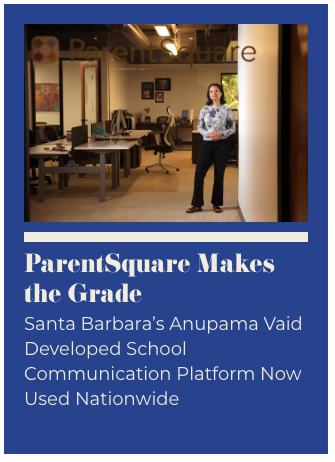
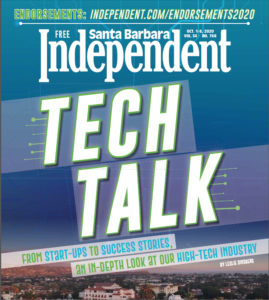
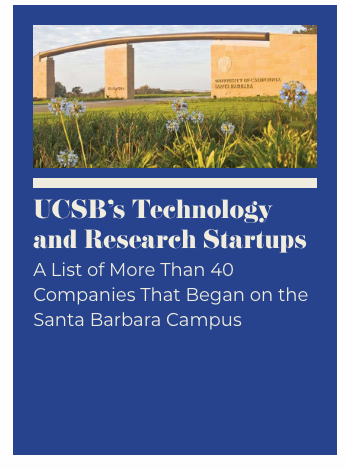
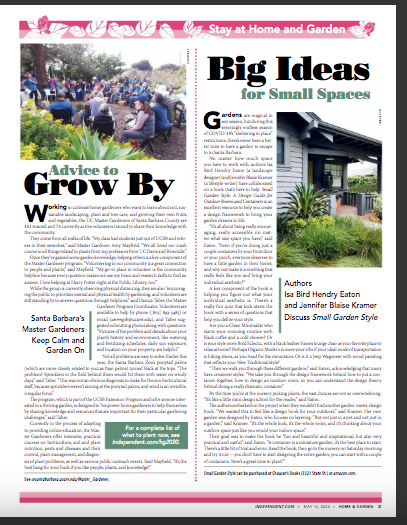

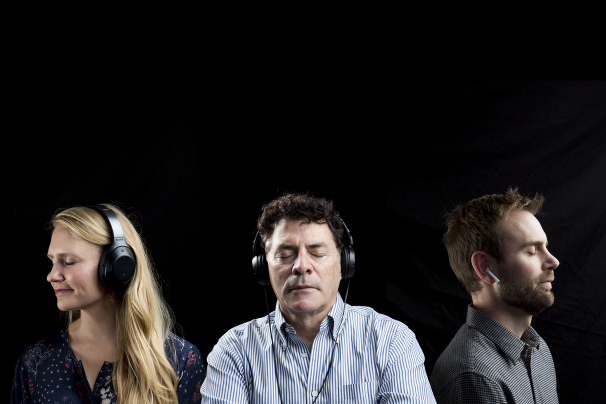
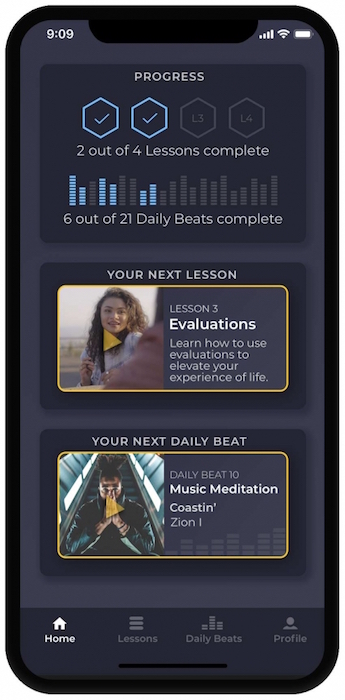

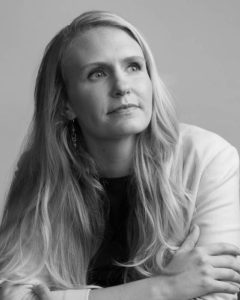

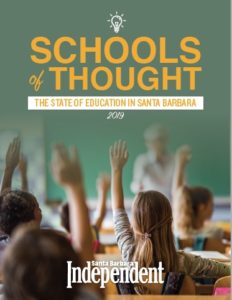 Click here to read this story as it originally appeared in the
Click here to read this story as it originally appeared in the 